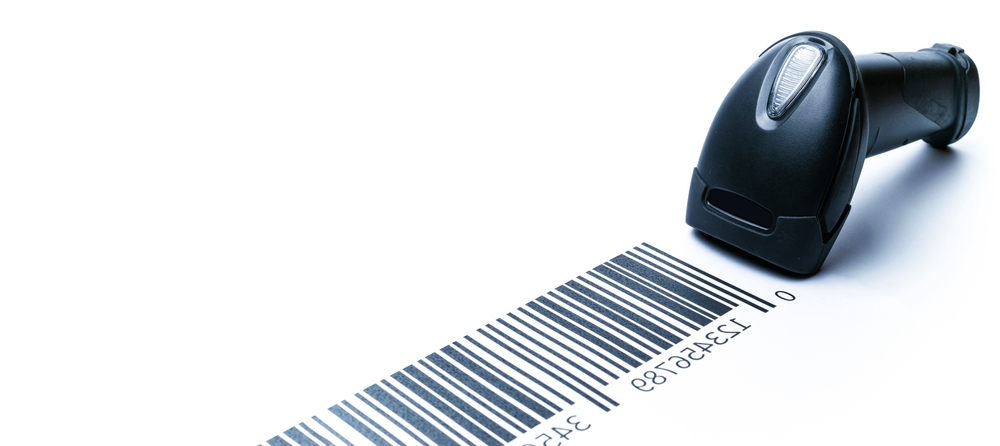Movie Stars Solution: Huawei / Honor automatically dimming / dimming the display in some apps
Since Android Oreo, one of my Honor and Huawei devices has annoyed me a lot. In the browser and various apps, the display automatically darkened, although the automatic brightness is disabled. After a long search, I finally found a solution that also requires no root. This can also be applied to various other problems such as bloatware.
The Only Working Method Without Root
The forums have been full of supposed solutions for years. Sometimes one wonders if the problem of the thread creator has been detected at all. Since it is recommended to turn off the automatic brightness, although it was written that this is not activated. Then you should also disable the better readability in sunlight in the developer settings. However, most of these settings have never been enabled on their device (as we’ll see later in the article) and this option is not enabled at factory.
There are even some who firmly believe that their device does not have these problems. If the brightness is very low or very high, it will not be noticeable or the device will not darken. The same applies if the automatic brightness is activated. Then it is darkened depending on the ambient light, but not without a change in the lighting conditions. However, those who work with a manually set brightness of around 50% notice very clearly that the brightness is automatically reduced in the browser and various apps like Facebook. Sometimes even so strong that the background turns gray and the pictures become grubby.
The solution: Honor / Huawei display no longer dimmed automatically
The problem lies in the battery settings, as some forums already suspected. However, there is nothing to disable there any austerity measures or switch to the power mode. Also a reboot and a clearing of the cache is useless. The automatic dimming remains active. Responsible is an app called PowerGenius. Unfortunately, this can neither stop nor disable because it runs as a system file. A delete without root is certainly not possible. There is still a solution to google this APK and I want to show it to you now. At the end of the article there is also a short manual for those who have previous knowledge and do not have to explain each step.
If you take this approach, you are at your own risk. We can not assume any liability for damages incurred as a result. Uninstalling Systemapps may cause the device to stop working properly or even become unusable. To restore it, a hard reset is required that deletes all data.
This little disclaimer has to be, because there are just too many devices and configurations. The risk should nevertheless be very low, because nothing is deleted on the device and a hard reset restores all files. However, this also means that the following steps must be repeated after each reset to factory settings and update (still OTA possible) of the operating system. But finally to the solution.
- General preparations
Since we need to connect the smartphone or tablet to the computer, it must of course also be recognized. My Honor Play was immediately recognized by Windows and the drivers were installed. If this does not happen, the USB drivers must be loaded and installed from the manufacturer’s website. So it connects via a USB cable to the computer and waits for the message. If it has been successfully detected and reported as ready for use, everything is fine and you can disconnect it from the computer again. Otherwise, get the USB driver, install it and plug it in again.Next is the ADB Tools (Android Debug Bridge), which will later be used to transfer commands to the device. Choose your operating system under the previous link, download the SDK Platform Tools and unzip them to your hard drive. In order not to have to enter a long path later in the console, I renamed the directory platform-tools to adb and copied it to the top level of one of my drives. - Prepare Smartphone / Tablet
If necessary, reconnects the smartphone / tablet with your computer and selects file transfer or MTU as the type of USB connection. Then we go into the settings of the smartphone. The way to get there may vary depending on the device and operating system version. Search there the entry Device information or info about the device. If necessary, you have to google where the build number is on your device. My Honor Play is located at Settings> System> About the Phone . This build number will now be tapped in rapid succession until the device reports that the developer options are enabled. These can then be accessed under Settings> System> Developer Options. Scroll down a bit and enable USB debugging . Thereupon a query appears on your screen as to whether the connected computer should be trusted. That must be answered in the affirmative. With your own computer you can also activate the checkbox “Always trust”. - Start ADB Tool
Now we need the console into which we enter our commands. Right-click on the Windows logo from the Start menu. Depending on the Windows version, the PowerShell or the simple console can be used here. The latter can be reached with Run type in the new window cmd and press Enter.The console starts in the user directory. If the ADB tools are on a different drive, you must first switch to it. Type the drive letter into the console followed by a colon and enter. In my case, that would be z:Now we go to the ADB Tools directory. In my case that would be cd Downloads adb
There we first test whether our device is correctly connected to the computer and was recognized by entering adb devices . In some cases, adb may not start and issue an error. In this case, enter. Adb (./adb on Mac). This also applies to all subsequent commands. Now we start the ADB Shell with adb shell .And now comes the command that frees us from all evil. Be it the annoying PowerGenius or any other system app in the form of bloatware. All you need to know is the package name of the app to be deleted. The easiest way is with the Package Name Viewer from the Play Store. So our command is:
pm uninstall -k -user 0 com.huawei.powergenie followed by an enter.This eliminates the problem of the darkening screen on an Honor 6X, 7C, 7X, 8, Play, Huawei Mate 10, P20, and many other models. Of particular importance to the command is the parameter -user 0 . This will only do it for the currently logged in user. Since we rarely share our smartphones with anyone, it’s rather unimportant and has the same effect as system-wide uninstallation as root.
If you really want to clean up, just type in pm uninstall -k -user 0 followed by the respective package name. But you should not be overzealous. Some things are needed by the system and the device would not work anymore. Although it can be easily restored by a reset, unsecured data is lost forever.
The solution for your Honor / Huawei in fast-forward
- Connect smartphone / tablet to the computer
- Install drivers from Windows or load from manufacturer
- Select file transfer / MTU as USB connection
- Load ADB tools (platform tools) for each operating system
- Extract and if necessary rename and copy
- Start Windows PowerShell or Console (Start-> Run -> “cmd”)
- Change to the directory of ADB Tools
- Using adb devices (If there is an error message. Adb (./adb on Mac)) check the device’s proper connection
- ADB shell start with adb shell
- pm uninstall -k -user Enter 0 $ package name (in our case $ package name = com.huawei.powergenie)
- Looking forward



![Die nachhaltige Alternative für deine Elektronik [Anzeige] Die nachhaltige Alternative für deine Elektronik [Anzeige]](https://www.basicthinking.de/blog/wp-content/uploads/2023/08/der-wertgigant-vor-dem-rathaus-in-hannover-2.jpg)